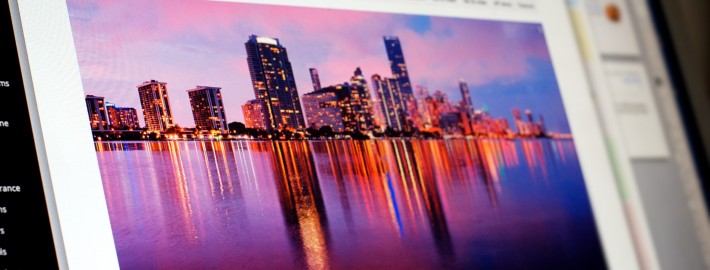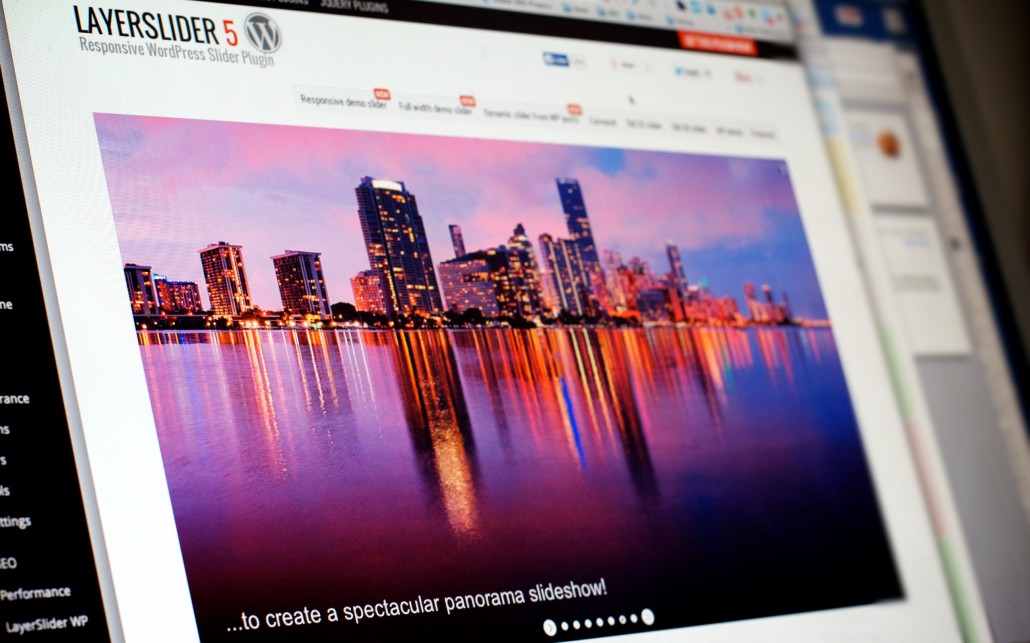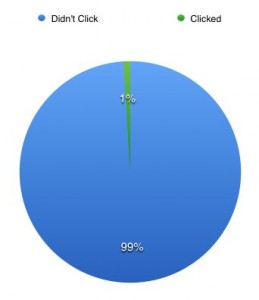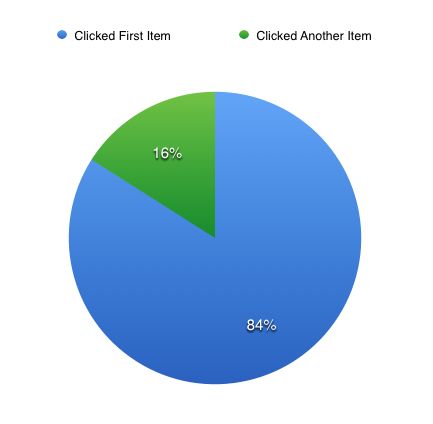If your e-commerce site suffers from shopping cart abandonment issues, take solace in the fact that you’re not alone: the harsh reality is that the global average shopping cart abandonment rate is a whopping 67%.
Put another way: that represents more than two-thirds of your potential sales – gone with the click of the back button!
Fortunately, shopping cart abandonment has been the subject of intense scrutiny in the past few years with the result that a lot more is known about why customers leave websites before buying. And when you know why something’s going wrong, you can do something about it (or hire an expert to do it for you!).
Major causes of Shopping Cart Abandonment
What makes buyers change their minds – and, more importantly, what can you do to fix it?
Consumers hate unexpected costs.
According to a 2012 survey of 19,000 consumers by WorldPay, the number one reason for shoppers abandoning a purchase was unexpected costs.
Fix: Don’t hide your retail taxes or shipping and handling costs. Let shoppers know upfront what charges you’re adding to the final purchase price. Don’t be sneaky and think you can hide the costs until the last possible moment. Do that and you’ll continue to suffer from abandoned shopping carts.
Consumers are just browsing.
Oftentimes, prospective buyers simply change their minds before reaching the checkout. According to Forrester Research, only 3% of shoppers make a purchase during their first visit to a website. Of the remaining 97%, about 71% will pop something into their basket then leave before buying.
Fix: Use retargeting to entice the ‘just browsers’ back. People who’ve put something into their baskets are already part-sold on your product. With retargeting ads, you stand a very strong chance of enticing those would-be buyers back.
Consumers don’t like being made to create an account.
Making users create accounts with you before they buy is another reason for shopping cart abandonment, according to the web research company, the Baymard Institute. ‘Forced account creation’ was the second biggest purchase turn-off (after ‘Unexpected costs’), according to its survey of 1505 internet users.
Fix: Offer users a ‘guest checkout’ option. Don’t force prospects to create an account with you before they’ve made a purchase. You can always offer them an incentive to create an account or opt-in after they’ve made their first purchase.
Consumers are nervous about buying online.
Users are nervous about trusting their personal information and credit card details with a website they’ve never dealt with before. If they don’t see evidence that your website is safe, they won’t want to hand over their credit card details to you.
Fix: Make sure your website features trust signs. Place trust signs on your payment pages. Test the best placement.
Customers hate paying for shipping.
Online users are not only accustomed to getting things free online but they expect it. Worse, a study by ComScore found that 61% of shoppers would abandon their shopping cart if they weren’t offered free shipping!
In Deloitte’s 2014 Retail Industry Outlook, Alison Kenney Paul, vice chairman and U.S. Retail and Distribution leader, Deloitte LLP, said same-day delivery and free shipping are no longer unique, but expected.
“In our 2013 Holiday Survey, 71 percent of respondents said they would take advantage of free shipping if offered. And roughly two-thirds (68 percent) said that they were more likely to shop online if the retailer offered free shipping.”
Fix: Offer free shipping. If possible, offer your prospective buyers free shipping, even if it means you have to make up the costs somewhere else.
These are among the biggest reasons for buyers changing their minds before purchasing. It’s important to know the reasons for your prospective buyers changing their minds. To do that, survey your prospective customers. And as with all things related to conversion optimization, test everything!








